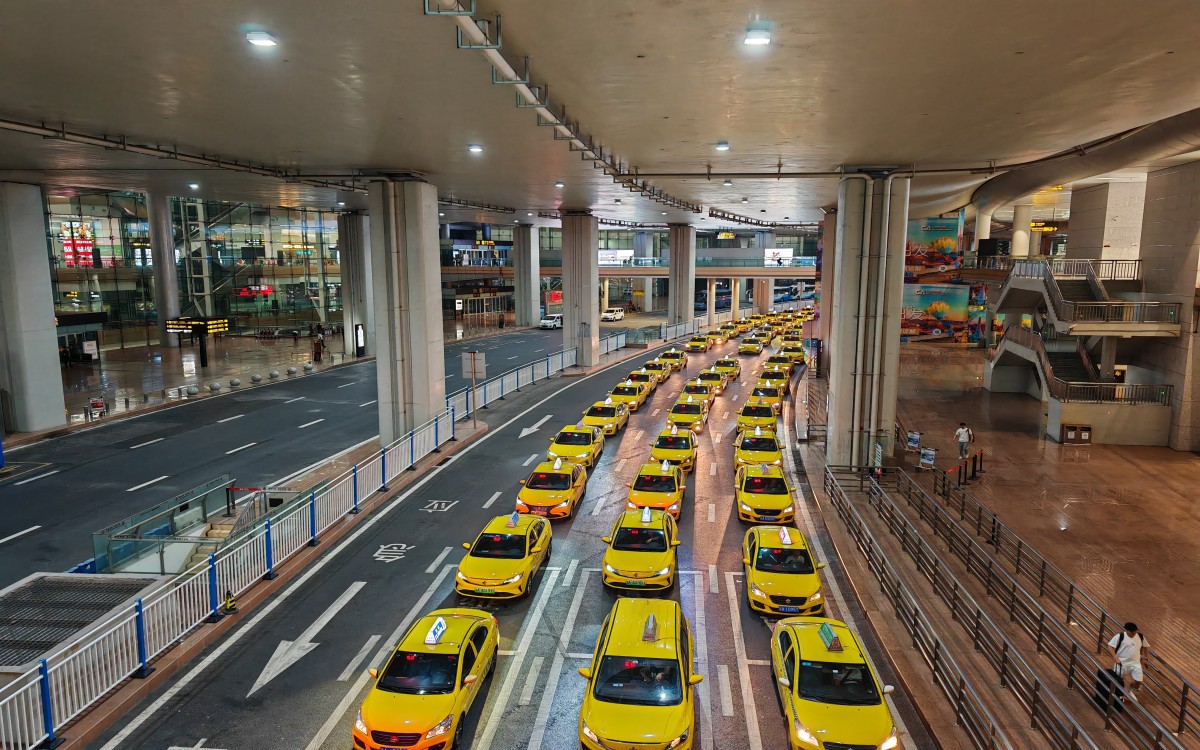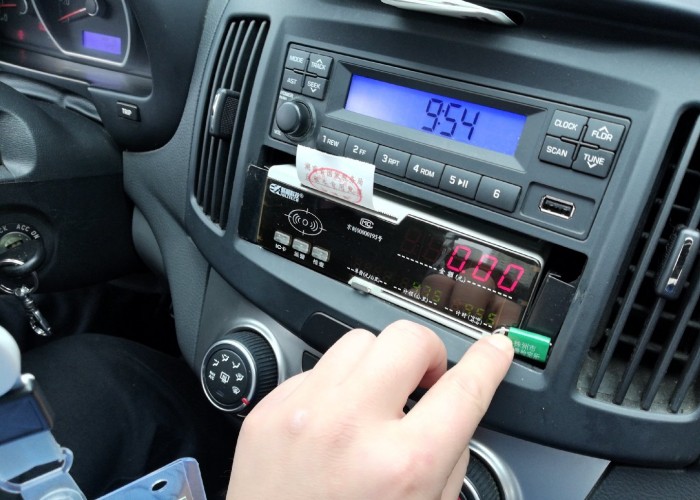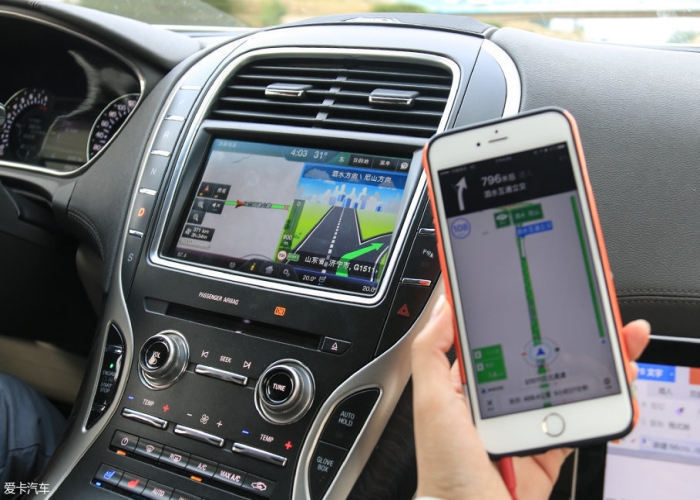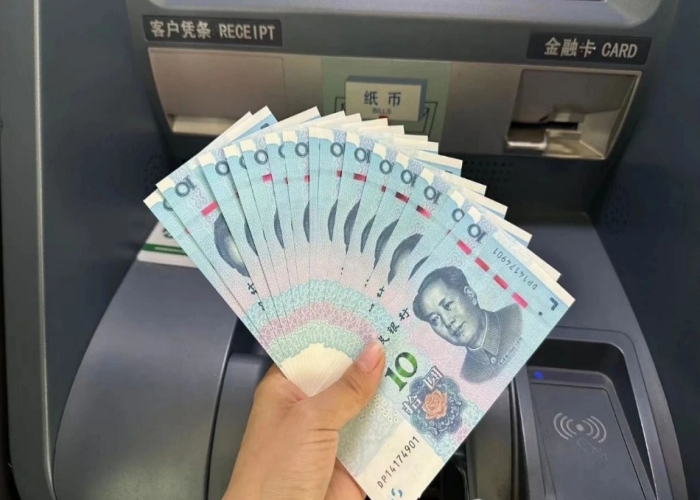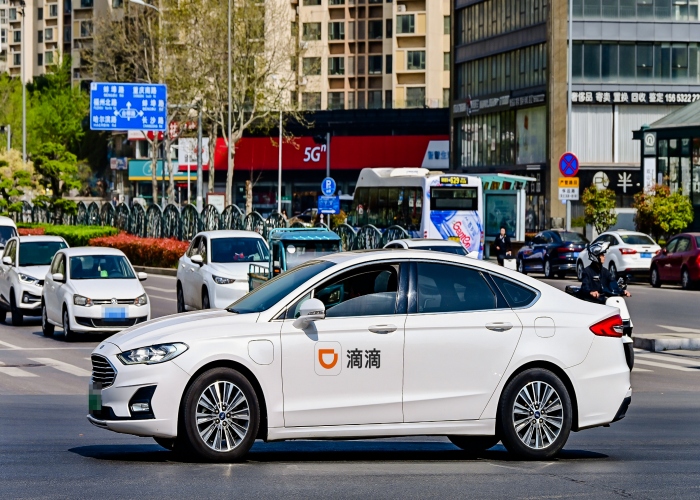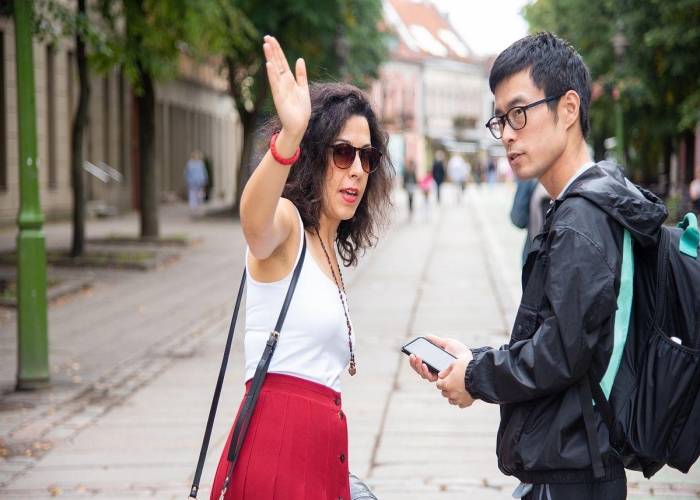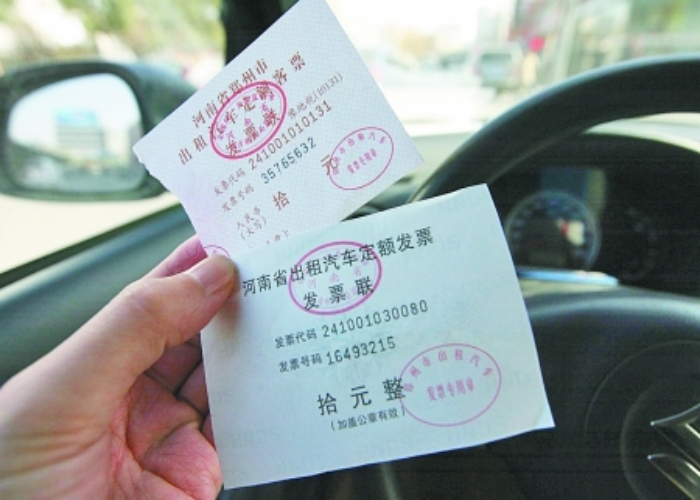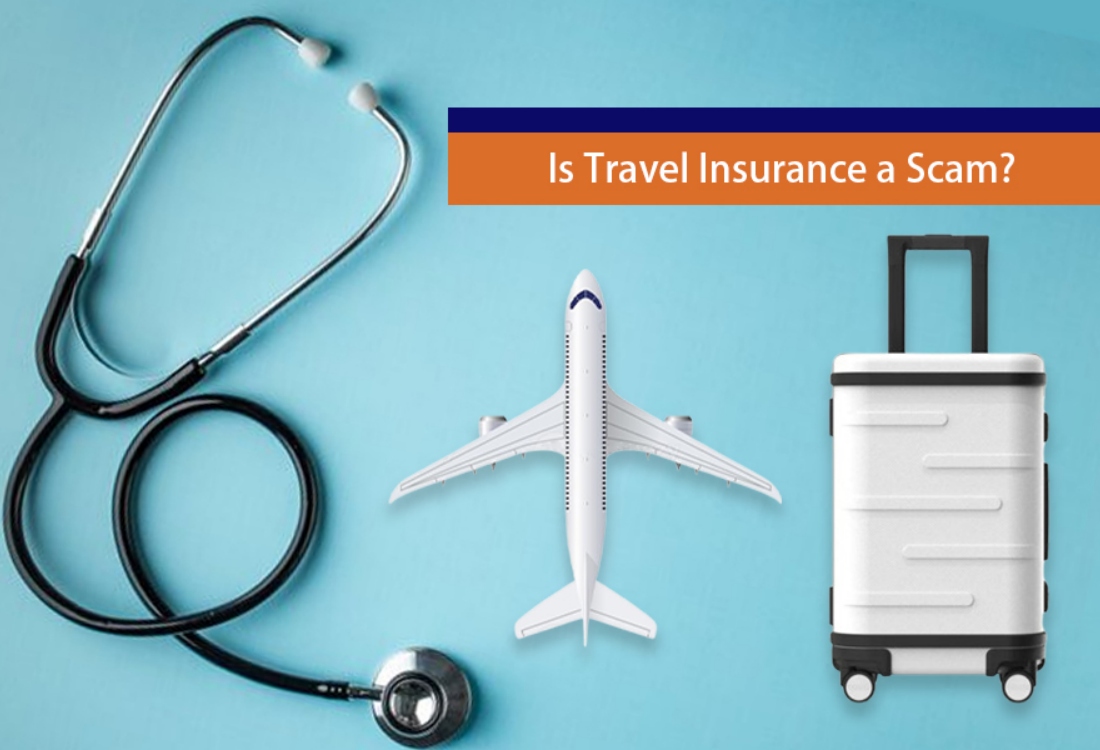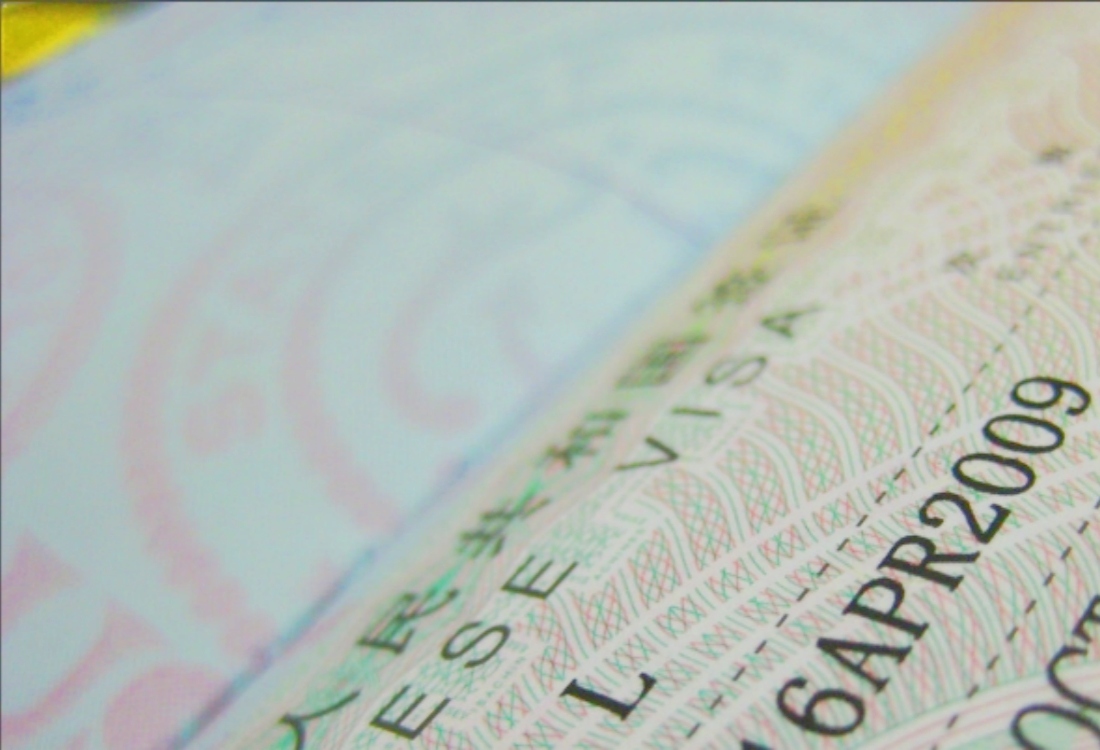Table of Contents
ToggleNavigating taxis in China can be convenient, but travelers should stay alert to avoid common scams that can quickly turn a simple ride into an expensive mistake. From rigged meters to fake taxis and deceptive detours, these schemes often target unsuspecting tourists unfamiliar with local norms. In this guide, we’ll share essential tips to help you recognize and avoid taxi scams in China, so you can travel safely and confidently during your visit.
What is ‘Black Taxi’ in China?
The term “black taxi” in China doesn’t refer to the car’s color; it means an unlicensed or illegal taxi. These unofficial drivers often lurk at transport hubs like airports, train stations, and bus stations, eagerly looking for tourists. They might even claim official taxis aren’t available or offer a tempting flat rate.
The biggest headache with black taxis? Overcharging. They rarely use meters, or if they do, they’re often rigged to inflate the fare massively—sometimes double or triple the standard cost.
What are the Common Taxi Scams in China?
The Fake Meter Scam
This is a classic. The driver might use a meter that’s been tampered with, causing the fare to shoot up ridiculously fast. Or, they might simply “forget” to turn on the meter and then demand an inflated price at your destination. It’s like a shopkeeper trying to charge you double for an item after you’ve picked it up.
The Long Route Scam
Some drivers might take an unnecessarily long or indirect route to inflate the meter fare, especially if they sense you’re new to the city. They might loop around a ring road when a direct street would suffice.
The Luggage Grab
This scam is particularly unsettling. The driver might ask you to get out to “help push the car” (faking a breakdown) or claim the trunk isn’t closed properly and ask you to fix it. While you’re outside, they drive off with your luggage. It’s a cruel trick that leaves you stranded and robbed.
The Counterfeit Money Swap
This is a sneaky one. You hand over a large bill (say, a 100 RMB note), and the driver quickly swaps it for a fake bill they had hidden. They then claim the bill you gave them is counterfeit and demand another one. They keep your genuine bill and you’re left with a fake. It’s a quick-hand trick, so keep your eyes peeled.
How to Fight Against the Common Taxi Scams in China?
Always Use the Taxi Meter-Fight against the Fake Meter Scam
Always insist the driver turns on the meter as soon as the ride starts. Make sure it’s visible and that the fare climbs at a reasonable rate. If the driver claims the meter is broken or tries to negotiate a flat rate that seems too high, simply get out and find another taxi.
Use a Mapping App- Fight against the Long Route Scam
Use a mapping app on your phone (like Baidu Maps, which works well in China, or Google Maps with a VPN) to follow your route. If the driver deviates significantly, politely but firmly point it out. Having your destination written in Chinese characters can also show the driver you’re prepared.
Keep Your Luggage Close to You-Fight Against the Luggage Grab
Whenever possible, keep your luggage in the backseat with you, not in the trunk. If your luggage must go in the trunk, ensure you can see it and are quick to retrieve it upon arrival. Never leave your bags unattended for any reason.
Use Smaller Bills If Possible-Fight Against the Counterfeit Money Swap
Use smaller bills (10s and 20s) if possible to avoid this scam entirely. When you hand over a large bill, mentally note its condition. Watch the driver’s hands carefully as they handle your money and return change. If they try to swap, challenge them immediately. Always get cash from official banks or ATMs.
How to Identify a Genuine Taxi?
Official License Plates
Each city has a distinct license plate system for taxis. In Beijing, for example, official taxi plates start with “京 B” (Jīng B). In Shanghai, look for “沪A” or “沪B”. Unlicensed cars might have regular private car plates, so keep an eye out for these specific identifiers.
Roof Light and Meter
Real taxis have a taxi sign on the roof, which often glows green when available and turns red or dark when occupied. Crucially, they also have a visible, working meter inside, usually on the dashboard. This meter should start at the city’s base fare.
Driver ID Card and Uniforms
Legitimate drivers display an ID card with their photo, name, and badge number, usually near the glove box. Many official taxi companies also have drivers in uniform or their cars feature distinct company stickers and color schemes.
Official Taxi Queues
At airports and train stations, always head to the designated taxi stands. There are usually clear signs, often in English, directing you to these queues. Legitimate taxis will wait in line. If someone approaches you outside these lines offering a ride, it’s a huge red flag – politely decline and walk away.
What You Need to Do before Your Taxi Experience in China?
Embrace Ride-Hailing Apps
Using apps like DiDi Chuxing (often called China’s Uber) is perhaps the best way to avoid taxi scams altogether. These apps provide:
- Transparent Pricing: You see the fare upfront, so no meter manipulation.
- Driver Tracking: You can track your route and share your ride with contacts for safety.
- Digital Payments: Payments are handled digitally, reducing the risk of money scams.
- Language Support: Many apps allow you to input your destination in English, which is then translated for the driver.
Prepare Your Destination in Chinese
The language barrier is a common hurdle. Before getting into a taxi, have your destination clearly written in Chinese characters. Your hotel staff can do this for you, or you can use a translation app. Showing a written address minimizes misunderstandings and makes it harder for drivers to claim they didn’t know where to go.
Know the Estimated Fare
Before you even step into a cab, ask your hotel reception or a local for an approximate cost to your destination. This gives you a ballpark figure to gauge if you’re being overcharged. For instance, Beijing Capital Airport to Wangfujing typically costs 130–150 RMB with tolls.
Always Ask for a Receipt (Fāpiào – 发票)
A genuine receipt contains important details like the taxi’s license plate number, driver ID, and company name. This is crucial if you need to report an issue. While some fake receipts exist, an official one provides accountability. In China, you can even call a hotline like 12345 to report issues with the details from the receipt.
What to Do If You Get Taxi Scammed in China?
If you get scammed while in a taxi, follow these steps to protect yourself and take action:
Stay Calm & Assess the Situation
Don’t panic or argue aggressively—your safety comes first.
If you feel threatened, comply and avoid confrontation.
Gather Evidence (If Safe)
Take a photo/video of the taxi’s license plate, driver’s ID, or meter.
Note the taxi company name, driver’s name, and route taken.
Keep receipts or payment records (cash or digital).
Refuse Overcharging or Unfair Fees
If the driver demands extra cash, insist on paying only the metered fare or agreed amount.
If pressured, pay but collect evidence to report later.
Report Immediately
Contact the taxi company (if it’s a registered cab).
File a complaint with local transport authorities or police.
Warn Others
Share your experience on travel forums (TripAdvisor, Reddit) or taxi review sites.
Alert other travelers to avoid the same scam
Frequently Asked Questions (FAQs) of Taxi Scams in China?
Is tipping customary for taxi drivers in China?
No, tipping is not customary in China. Drivers do not expect tips, and if a driver tries to keep your change without asking, it’s considered a scam rather than a tip.
What should I do if a taxi driver refuses to use the meter?
If a taxi driver refuses to use the meter, politely but firmly insist on it. If they still refuse or claim it’s broken, it’s best to exit the taxi and find another one, ideally from an official taxi stand or by using a ride-hailing app like DiDi.
What is DiDi and why is it recommended?
DiDi Chuxing is China’s leading ride-hailing app, similar to Uber. It’s highly recommended because it offers transparent upfront pricing, tracks your route, handles payments digitally, and provides driver details, significantly reducing the risk of scams and making rides more convenient.

